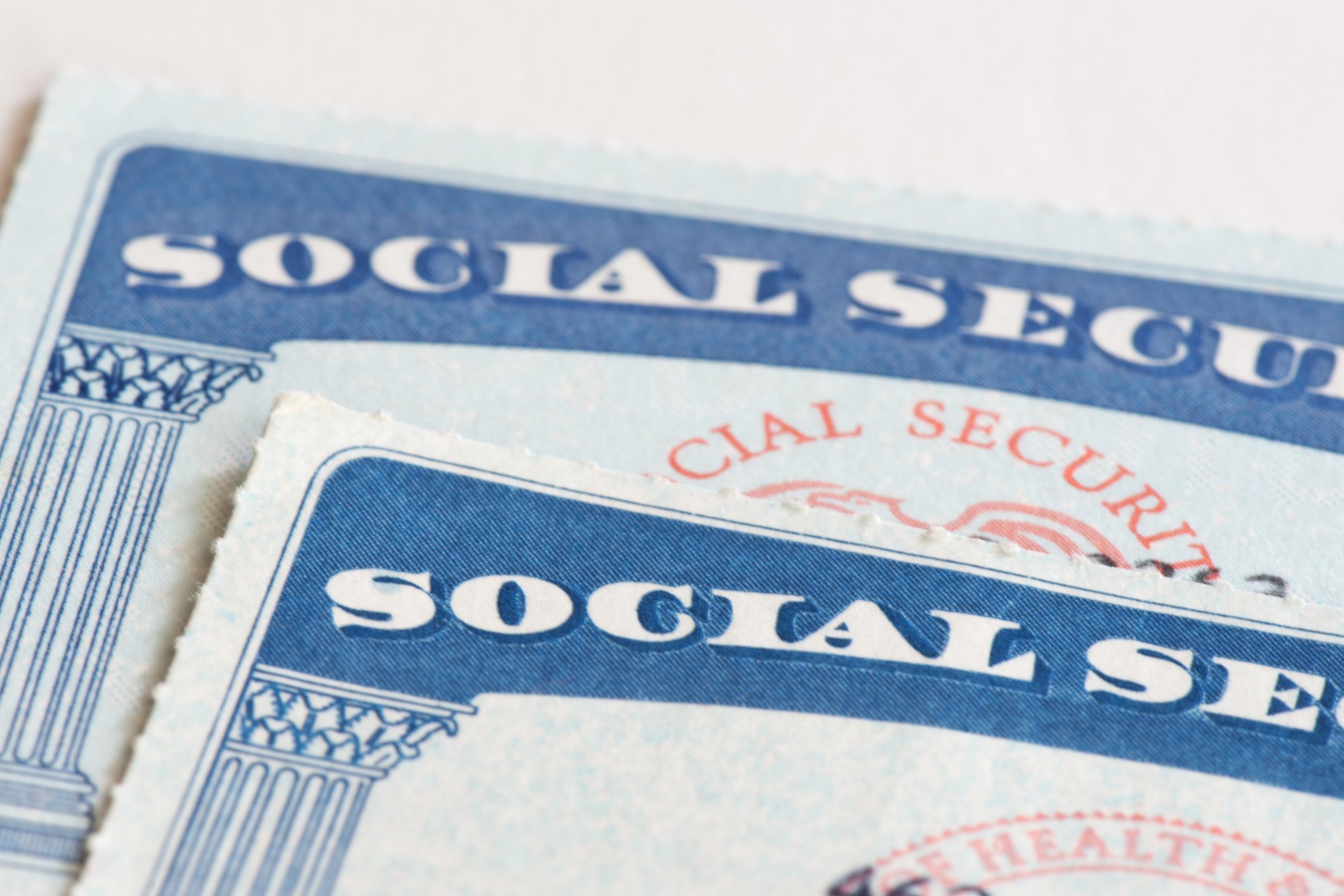Americans are known to be spenders, which explains why so many of us carry mountains of debt. But despite our collective tendency to engage in retail therapy, new data from CIT Bank reveals that U.S. consumers are more content when they pad their bank accounts rather than part with their earnings.
Specifically, 66% of Americans say that saving money brings them more happiness than spending it. And given that financial issues are the top reason U.S. consumers lose sleep, it stands to reason that saving more can improve our general well-being. If you're eager to ramp up your savings game, here's how to go about it.

IMAGE SOURCE: GETTY IMAGES.
1. Follow a budget
Saving money becomes less complicated when you know where your earnings are going. That's why it's crucial to stick to a budget. To set one up, list your recurring monthly expenses, factor in once-a-year expenses (like annual warehouse club or professional license renewals), and compare your total spending to your earnings. Ideally, there should be enough room in there to set aside 15% of your income or more for retirement savings. And if there isn't, having your expenses mapped out will help you identify areas you can cut back on.
Imagine, for example, that you'd like to start saving an extra $200 a month. Moving to a smaller space might help you achieve that goal, but, well, then you have to move. On the other hand, if you consult your budget and see that you're currently spending $400 a month on cable, streaming services, entertainment, and restaurants, you can pledge to slash that sum in half and bank the difference without having to deal with the hassle of packing up your home.
2. Get a side job
While following a budget will help you better manage your income, if your current earnings don't allow you to save the way you want to, then try boosting them. These days, millions of Americans have a side hustle on top of their regular jobs, and if you're willing to get one, it could work wonders for your savings.
The best part? That second gig can actually be work you enjoy, whether it's cooking, crafting, or caring for animals. And if you own a vehicle, there's always the option to sign up to work for a rideshare company and shuttle people around town for cash.
3. Capitalize on tax-advantaged savings plans
It's easier to save money when the IRS rewards you for doing so. That's why it pays to participate in tax-advantaged retirement plans like IRAs and 401(k)s. If you fund the traditional version of either account, the money you contribute goes in tax-free. This means that if you stick $4,000 in an IRA, that's $4,000 the IRS won't tax you on. Pretty neat, huh?
Of course, the only drawback of IRAs and 401(k)s is that you can't access your money until age 59 1/2, or else face steep penalties for early withdrawals. If you need to build near-term cash reserves, a savings account is your best bet. However, if you have the option to sock away funds in a health savings account, or HSA, that's another good choice to consider.
To be eligible for an HSA, you must have a high deductible health plan, but if you qualify, you can set aside funds for immediate and future healthcare expenses. As is the case with an IRA or 401(k), you're limited as to how you can use those funds, but since HSA contributions also go in tax-free, they can shield more of your income from taxes, carving out additional opportunities for savings across the board.
Saving money takes patience and willpower. The upside? If you get good at it, it could improve your outlook and make you a happier person on a whole.





